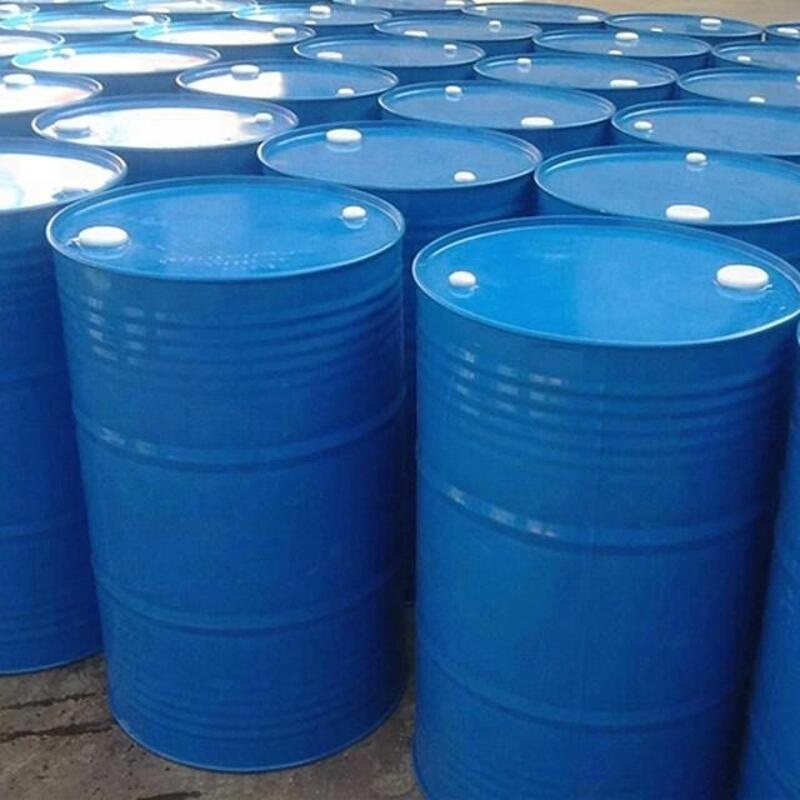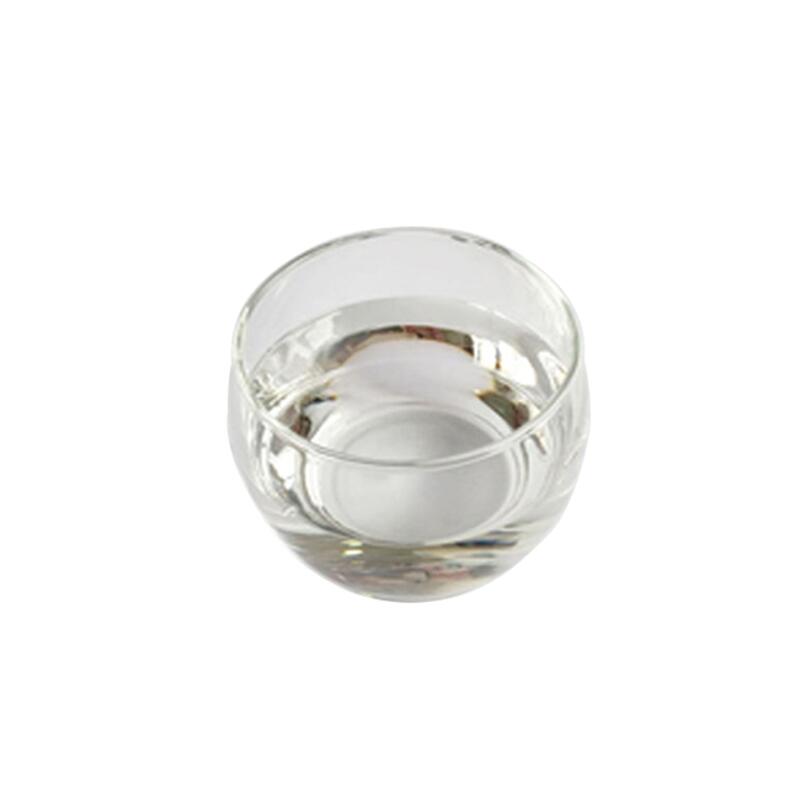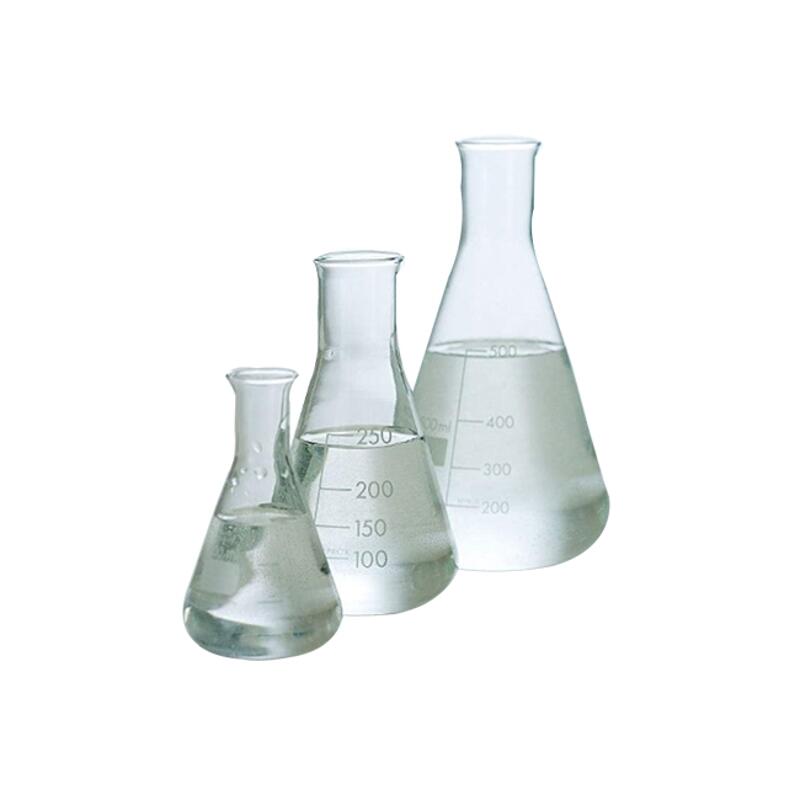-
Categories
-
Pharmaceutical Intermediates
-
Active Pharmaceutical Ingredients
-
Food Additives
- Industrial Coatings
- Agrochemicals
- Dyes and Pigments
- Surfactant
- Flavors and Fragrances
- Chemical Reagents
- Catalyst and Auxiliary
- Natural Products
- Inorganic Chemistry
-
Organic Chemistry
-
Biochemical Engineering
- Analytical Chemistry
-
Cosmetic Ingredient
- Water Treatment Chemical
-
Pharmaceutical Intermediates
Promotion
ECHEMI Mall
Wholesale
Weekly Price
Exhibition
News
-
Trade Service
The production process of D-glucopyranose, oligomeric, C8-16-alkyl glycosides involves several steps, each of which is carefully designed to ensure the production of a high-quality product.
The process typically involves several stages, including the preparation of the starting materials, the actual synthesis of the compound, and the purification and isolation of the final product.
Preparation of Starting Materials
The production of D-glucopyranose, oligomeric, C8-16-alkyl glycosides typically begins with the preparation of the starting materials, which in this case include D-glucose and an oligomer of glucose.
The D-glucose is typically obtained from sources such as cornstarch or sugarcane, while the oligomer of glucose is synthesized through a series of chemical reactions.
Synthesis of the Compound
The synthesis of D-glucopyranose, oligomeric, C8-16-alkyl glycosides involves the reaction of D-glucose with an oligomer of glucose, typically in the presence of a strong acid catalyst.
This reaction results in the formation of a condensation product, which is then further modified through a series of chemical reactions to produce the desired oligomeric, C8-16-alkyl glycosides.
Purification and Isolation of the Final Product
Once the synthesis of the compound is complete, the next step in the production process is the purification and isolation of the final product.
This typically involves several steps, including the removal of any impurities through precipitation or chromatography, and the isolation of the pure compound through crystallization or other methods.
Quality Control
Throughout the production process, quality control is an essential step to ensure that the final product meets all relevant standards for purity, potency, and efficacy.
This typically involves the use of a range of analytical techniques, including spectroscopy, chromatography, and other methods, to monitor the production process and to verify the identity and quality of the final product.
Conclusion
The production process of D-glucopyranose, oligomeric, C8-16-alkyl glycosides is a complex and multi-stage process that involves the preparation of starting materials, the synthesis of the compound, and the purification and isolation of the final product.
The process is carefully designed to ensure the production of a high-quality product, and quality control is an essential step throughout the process to verify the identity and quality of the final product.







